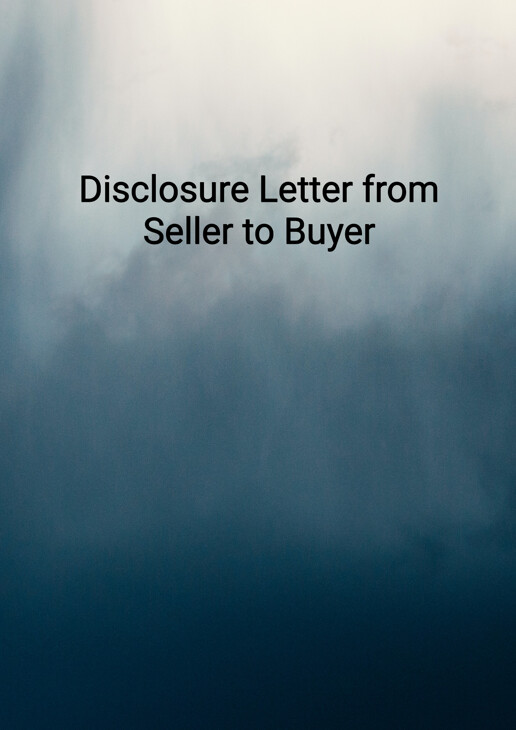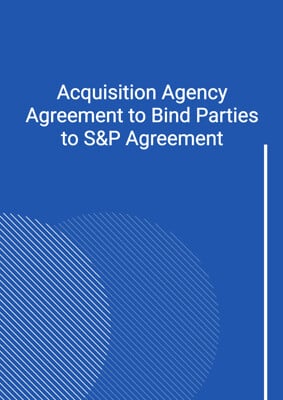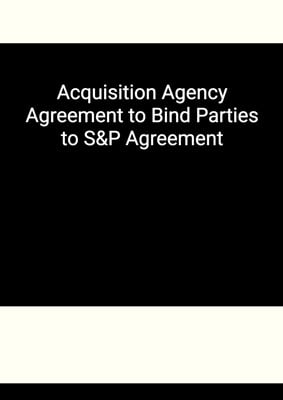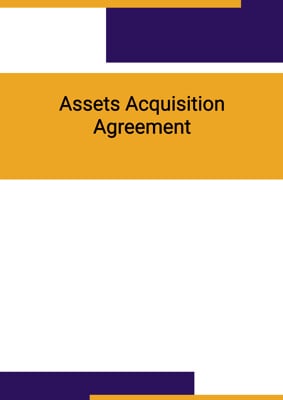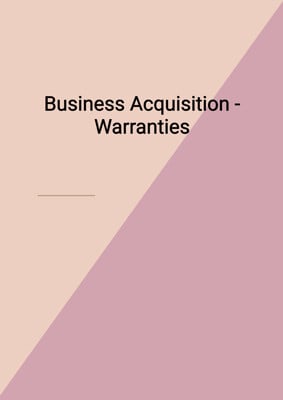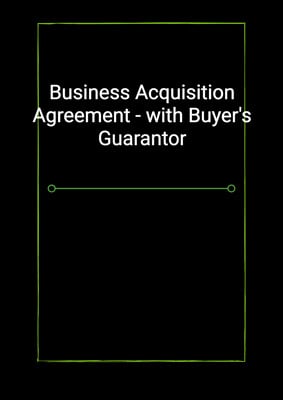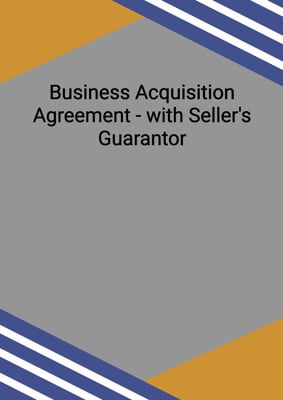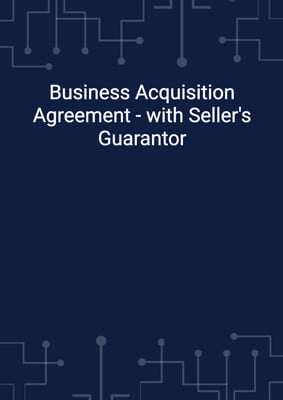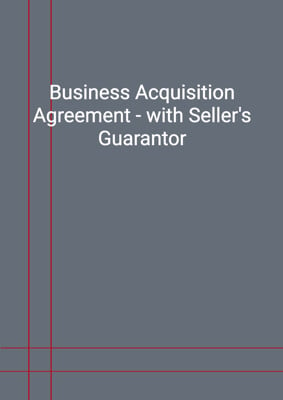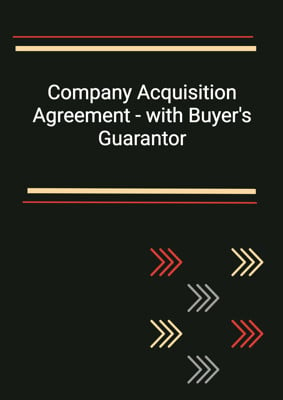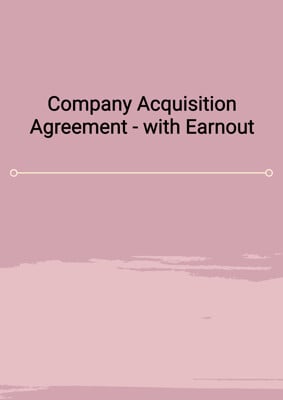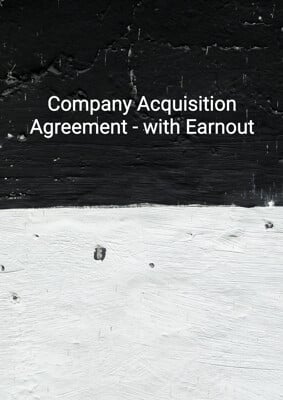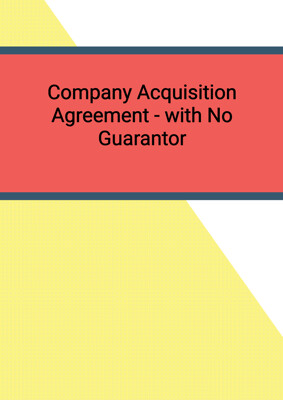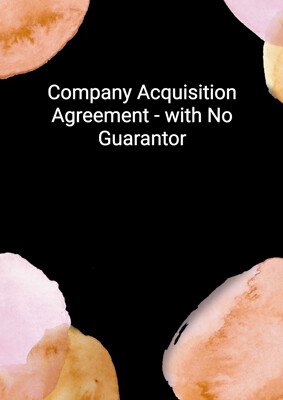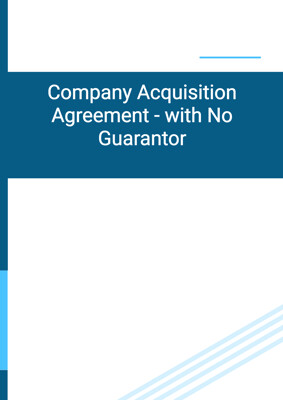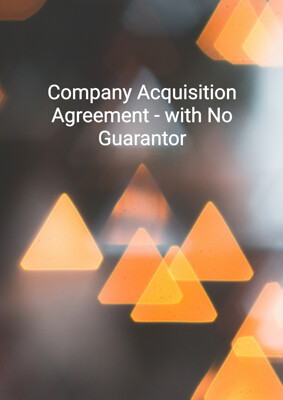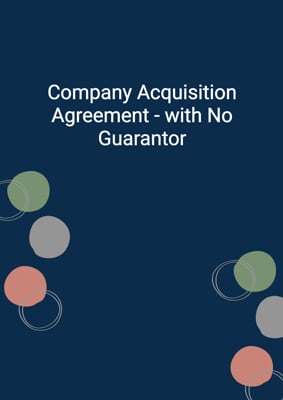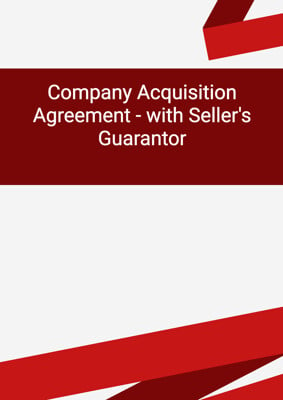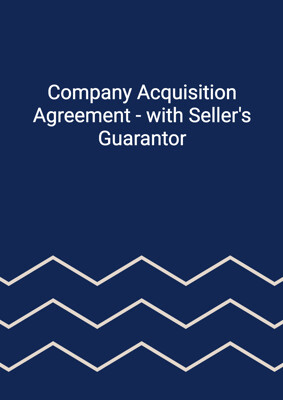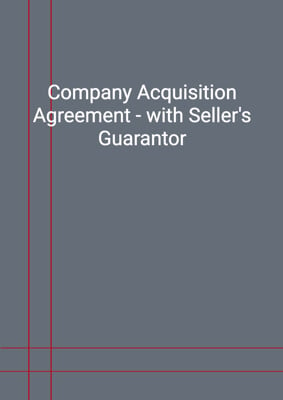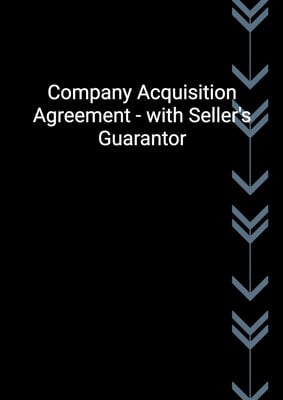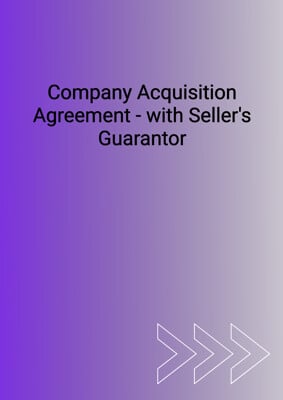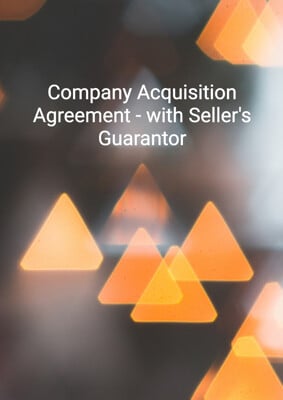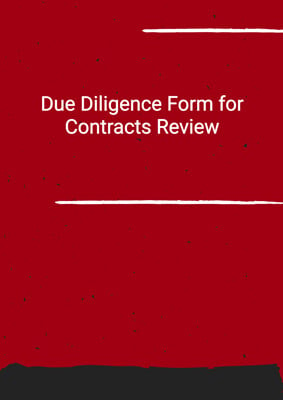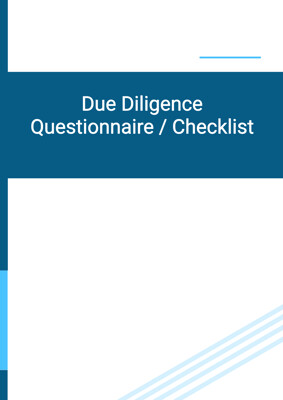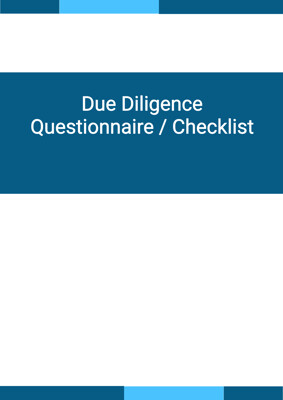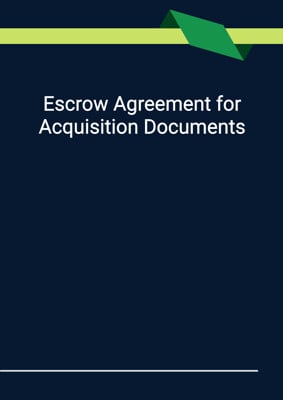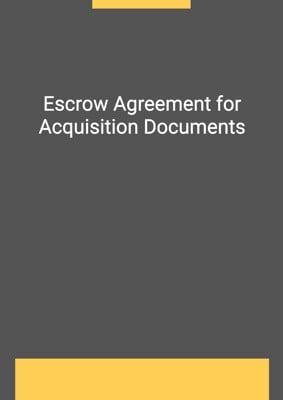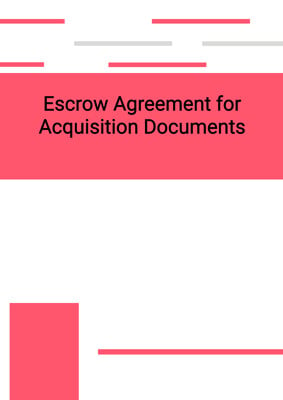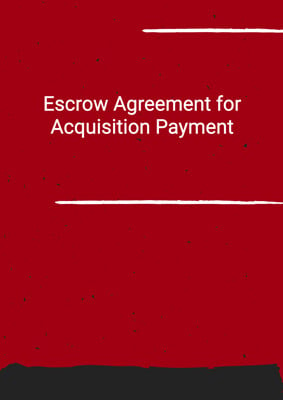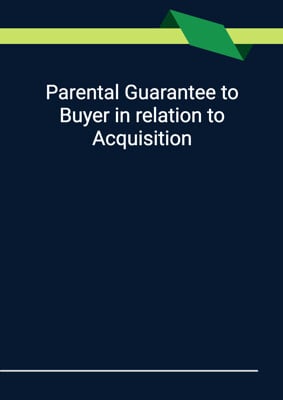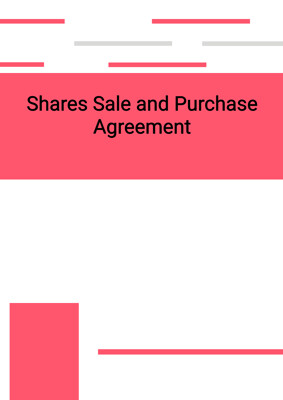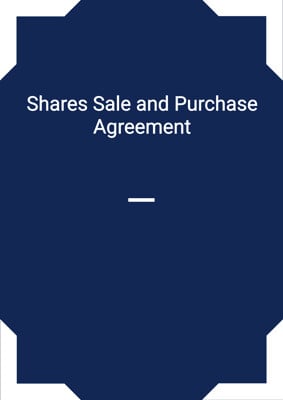How to Tailor the Document for Your Need?
01
Create Document
Click "Create Document" button and the document will be prepared with your account details automatically filled in.
02
Fill Information
Please fill in any additional information by following the step-by-step guide on the left hand side of the preview document and click the "Next" button.
03
Get Document
When you are done, click the "Get Document" button and you can download the document in Word or PDF format.
04
Review Document
Please review the document carefully and make any final modifications to ensure that the details are correct before sending to the addressee.
Document Preview
Document Description
The Disclosure Letter from Seller to Buyer is an important document that serves as a formal communication between the seller and the buyer in a business transaction. It is used to disclose relevant information and clarify certain matters related to the agreement between the parties.
The document begins with a title, 'Disclosure Letter from Seller to Buyer,' which clearly indicates its purpose. It is addressed to the buyer and includes the buyer's address. The date of the letter is also mentioned, ensuring that the document is up to date.
The letter starts with a salutation, 'Dear Sirs and Madams,' which shows respect and professionalism. It then refers to the agreement between the seller and the buyer, highlighting its significance. If there is a guarantor involved, the letter acknowledges their presence as well.
The letter states that it serves as the disclosure letter mentioned in the agreement. It clarifies that any information contained or referred to in the letter should be treated as a disclosure in relation to the relevant warranty. This ensures that the buyer is aware of the importance of the information provided.
The letter also addresses potential conflicts between the contents of other documents supplied by the seller and the information in the disclosure letter. It states that the information in the disclosure letter prevails unless otherwise stated. This helps avoid any confusion or misunderstandings.
The letter includes a section on general disclosures. It states that the buyer is deemed to have full knowledge of certain correspondence, documents, and other information listed in the schedule attached to the letter. It also mentions information that would be revealed through inspections of microfiche files, minute books, statutory registers, and other relevant sources.
If applicable, the letter includes specific disclosures related to properties or any other specific matters. These disclosures are set out against the schedules and exhibits to the agreement, providing clarity and transparency.
The letter concludes with a section on governing law, requesting the buyer to acknowledge receipt of the letter and stating that it will be governed by the laws of the jurisdiction state. It is signed by a duly authorized representative of the seller, and there is a space for the buyer's representative to sign and agree.
Overall, the Disclosure Letter from Seller to Buyer is a comprehensive document that ensures transparency, clarifies important matters, and protects the interests of both parties involved in the agreement.
How to use this document?
Guidance on how to use the Disclosure Letter from Seller to Buyer:
1. Read the entire letter: Familiarize yourself with the content of the letter to understand its purpose and significance.
2. Understand the preliminary matters: Pay attention to the preliminary matters section, which clarifies the treatment of information and potential conflicts with other documents.
3. Review the general disclosures: Take note of the general disclosures section, which outlines the buyer's deemed knowledge of certain information and the sources from which it can be obtained.
4. Consider specific disclosures: If applicable, carefully review the specific disclosures section, which highlights any specific matters that require attention.
5. Acknowledge receipt: Sign and return a copy of the letter to acknowledge receipt and agreement.
6. Comply with governing law: Ensure that you understand and comply with the governing law mentioned in the letter.
By following these steps, you can effectively utilize the Disclosure Letter from Seller to Buyer and ensure a smooth and transparent business transaction.
